Over the past few weeks we’ve looked at a magnetic drain plug remover that helps you change fluids without getting you covered in stinky gear oil, a silicone tray that saves you time (and a few swear words) by keeping your tools easily within reach and an ozone generator that supposedly helps to get bad smells out of a car. This week’s cool tool is a wrench that helps to make easy work changing out brake and power steering lines.
This suggestion comes from our friends at Opposite-lock, but it’s a tool that’s saved my bacon right before a long road trip.
The Midwest is hard on our vehicular pals. The onslaught of winter and road salt do their best to turn cars into piles of iron oxide dust. If you live in an area like this and drive an older car, chances are your power steering lines or brake lines are rusting out. These lines will eventually fail and sometimes right before you really need them, like right before a 5,000-mile road trip.
That was the dilemma I faced when I was prepping a $500 1997 Ford Ranger for a 5,000-mile trek to Oregon and back for the Gambler 500 OG.
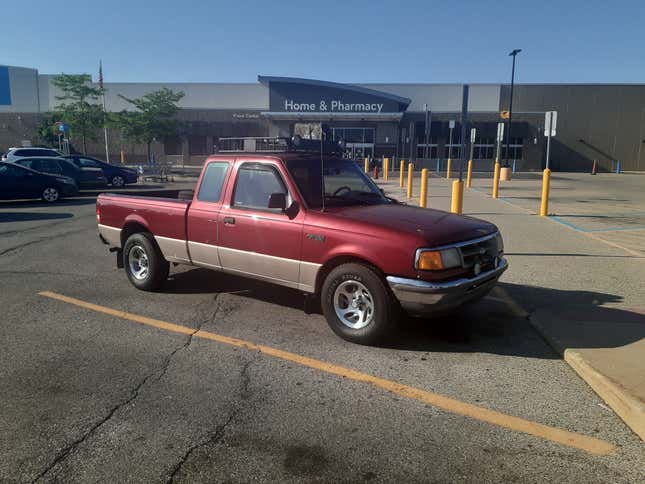
The truck was noted as having a power steering leak, but calling it a leak was an understatement. The power steering leak was actually a geyser, one that could probably make Old Faithful blush. It covered the engine bay in a spray of fluid.
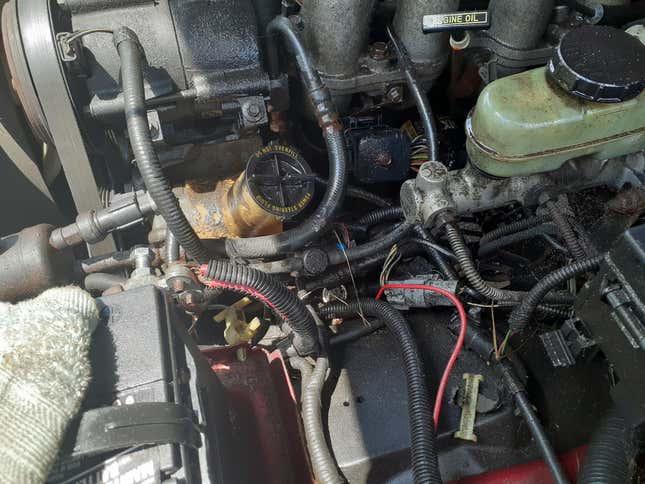
Considering that the little truck lost fluid just as fast as I put it in, there was no way it was going to get to Oregon and back.
I located the geyser to a hard power steering line right there in the engine bay. Thankfully, the part was cheap and within reach of my hands. I even had a set of wrenches for the job. All I had to do was undo the nuts holding the lines to the pump and reservoir. Perfect! Right?
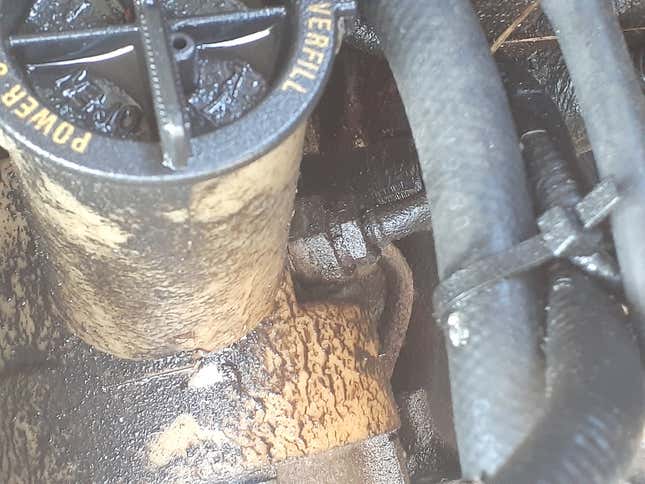
Well, almost immediately, I learned that a regular wrench sucks at removing rusty power steering lines. If you manage to get any grip, the tool will either slip off or round the nut, which is going to cause you even more problems.
That’s when I decided to do things the right way by going to my local auto parts store and picking up a flare nut wrench.
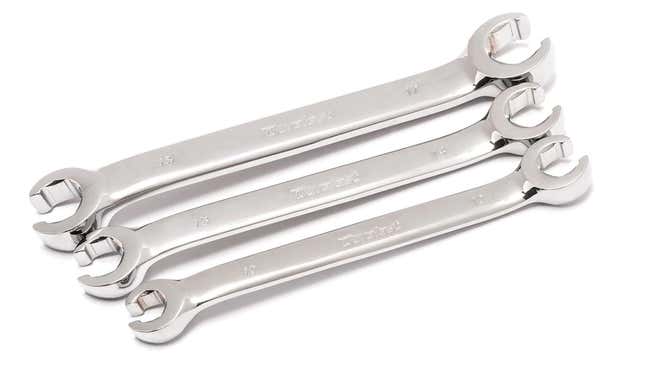
These are like box-wrenches, except they have a slot cut into them to allow the wrench to fit over a hard-line. The benefit over a normal open-end wrench is that it allows for more contact between the wrench and the hexagonal fitting, making it less likely that you’ll round the fitting. It’s a simple wrench that works really well.
In the case of that Ranger? Once I got the right wrench I had the old line out in only a few minutes with the new line in only a few minutes later.
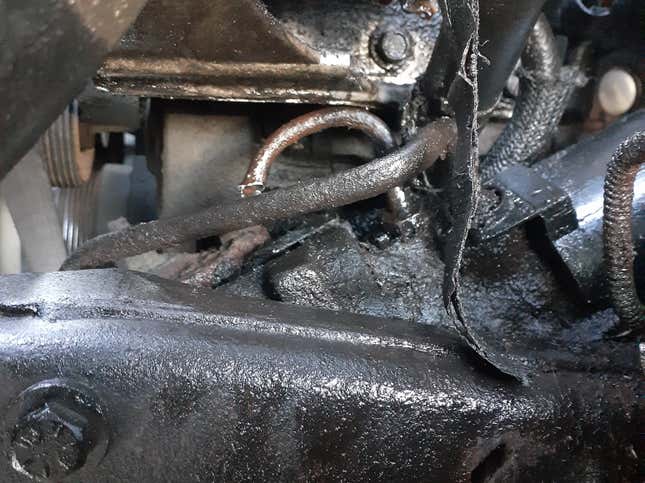
Our own David Tracy used one of these in his helpful guide in replacing rusty brake lines.
The cool thing is that flare nut wrenches are great for more than just power steering and brake lines. You can use them on fuel pumps, clutch lines, temperature sensors or even oil pressure sensors.
The flare nut wrench set I had was a Duralast set from AutoZone, which currently sells for about $22. These can be had for far cheaper on sites like Amazon. However, I’d recommend spending a little bit more to get a set that fits firmly on your fittings. [Editor’s note: Do not cheap out on flare nut wrenches. You can cheap out on other tools, but not these. You want a nice, thick wrench that will tightly grab as much of your hex fitting as possible -DT].
It’s a tool I’ll have to buy again as my set was stolen around the time that my Volkswagen Passat W8 was stolen.
Do you know of a weird or unique but must-have tool that every wrencher should have? Do you want to see us put a type of tool to the test and see how it performs? Shoot me an email or drop it down in the comments!